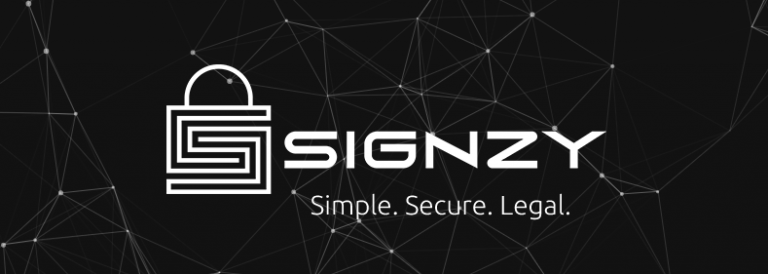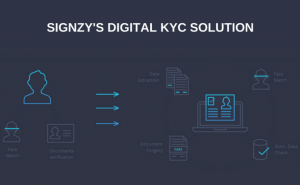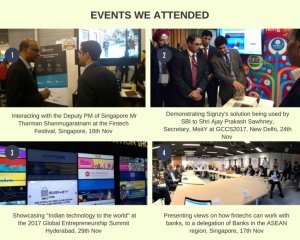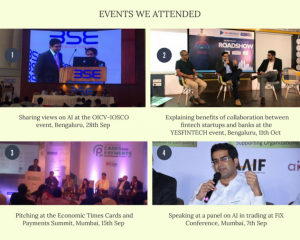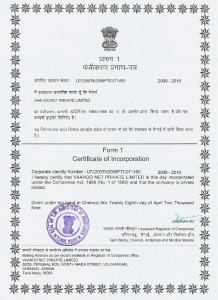Although the cryptocurrency market is largely unregulated in India, cryptocurrency remains an investment option of interest for young Indians. Just recently, the Indian Income Tax Department issued tax notices to thousands of cryptocurrency investors. BR Balakrishnan, Director General of Investigation (Karnataka and Goa), Income Tax Department, said that they couldn’t turn a blind eye to the whole cryptocurrency investment space and that “It would have been disastrous to wait until the final verdict was out on its legality.”
So legal or regulated or not, cryptocurrencies are selling in India.
But the lack of government regulations on cryptocurrencies like bitcoins makes them prone to frauds. Recently, India has witnessed several cases of cryptocurrency frauds right from the 84-crore Goregaon cryptocurrency investment scam to the 2,200-crore Mumbai fraud incident.
Although RBI has never supported the usage or trading of cryptocurrencies in India, it hasn’t imposed any bans either. But the rising fraud instances show that there’s an urgent need to regulate the market.
Recently while presenting the Union Budget 2018, finance minister Arun Jaitley said “The government does not consider cryptocurrencies as legal tender or coin and will take all measures to eliminate use of these cryptoassets in financing illegitimate activities, or as part of the payment system.” The Finance Minister’s speech has triggered lots of responses from the Indian Cryptocurrency exchanges.
Shivam Thakral, co-founder and CEO Delhi-based BuyUcoin, said “Nothing new was quoted by our Finance Minister in the budget announcement today. It was a repetition of the same old cohort whilst the industry was expecting clarity over taxation and it’s regulation from the Government.”
Another bitcoin exchange Unocoin also maintains that no new Legislature has been introduced and the legal status of Cryptocurrency remains unchanged. That it’s the same unregulated virtual currency now as it was earlier. The Chief executive and co-founder of Unocoin Sathvik Vishwanath said “There is no change in the government stance with respect to trading cryptocurrencies. Cryptocurrency holders need not panic and the business is as usual.”
But even with the ‘impending’ official regulations, cryptocurrency companies can (and some are) proactively following norms such as KYC and AML, which they could certainly be subject to if the regulation happens. These measures will also address the key concerns the Finance Ministry has with cryptocurrencies.
Regulatory processes some Indian Cryptocurrency Companies are already implementing
While Indian cryptocurrency companies wait for the official regulation to happen, some of them are going ahead and borrowing the guidelines that apply to other financial institutions. This is the way to go as the international law firm, Norton Rose Fulbright, notes: “As a general rule, where no specific steps have been taken to regulate cryptocurrencies in the relevant jurisdiction, it would be necessary to refer to the existing legal and regulatory frameworks to understand how they might apply to the new circumstances that the technology enables.”
Which brings us to norms such as KYC, AML, and Data Privacy among others.
Atulya Bhatt, Founder of India’s leading cryptocurrency marketplace, BuyUcoin, stresses on how with self-regulation cryptocurrency companies can counter the anonymity of transactions and tackle money laundering in cryptocurrency trade. He says:
“Indian exchanges counter the anonymity of transactions and money laundering issues via self-regulation.”
Bhatt also recommends using advanced technological solutions for digital identity verification processes.
Hemanth Kumar, CIO at Unocoin (India’s most popular bitcoin wallet company), also underlines the importance of following KYC and AML provisions for cryptocurrency companies to remain accountable. He says:
“Regulation of entry points through strict KYC norms and deploying AML policies for monitoring the flow of the funds is key for any crypto exchange to bring in accountability of its customers.”
As you can see, KYC and AML are recurring themes even as cryptocurrency companies are practicing proactive self-regulations.
South Korea, which has just recently legalised cryptocurrencies, has already released a regulatory framework focusing on AML measures and KYC. The official document states that these measure will “reduce room for cryptocurrency transactions to be exploited for illegal activities, such as crimes, money laundering, and tax evasion.”
Key points from South Korea’s KYC and AML measures in its cryptocurrency regulation policies:
- Cryptocurrency companies need to share (with the banks) information about the purpose of the transactions, the sources of funds, details about services the exchanges provide, and whether the exchanges are using verified real-name accounts
- Cryptocurrency companies need to monitor (and report any) suspicious transactions
- Cryptocurrency companies can only get bank accounts for functioning IF the exchanges provide their users’ ID information
If India, too, issues a similar framework, AML measures and KYC will clearly be the central themes.
In addition to these, cryptocurrency companies will also have to look into user data protection. Because cryptocurrencies use blockchains, and because blockchains are decentralized, distributed, and public, protecting the information on a blockchain can be challenging.
Wrapping it up…
Given the current state of regulation on cryptocurrency trading in India, cryptocurrency companies already have a lot at stake. But if India does end up following the likes of Japan, US, and South Korea and make virtual currencies legal, then all these companies will be expected to face regulations similar to most financial institutions.
Starting to work on deploying stronger KYC, user data privacy, and AML policies look like a great way to prepare for a time for when the regulation does happen. These measures also reinforce the government’s key concerns such as financing illegitimate activities, money laundering, and terrorist financing.
Signzy disclosure: The above content is an opinion and is for informational purposes only. Please don’t consider this as legal advice. It’s best to seek a legal consultant’s opinion before framing your policies.
About Signzy
Signzy is a market-leading platform redefining the speed, accuracy, and experience of how financial institutions are onboarding customers and businesses – using the digital medium. The company’s award-winning no-code GO platform delivers seamless, end-to-end, and multi-channel onboarding journeys while offering customizable workflows. In addition, it gives these players access to an aggregated marketplace of 240+ bespoke APIs that can be easily added to any workflow with simple widgets.
Signzy is enabling ten million+ end customer and business onboarding every month at a success rate of 99% while reducing the speed to market from 6 months to 3-4 weeks. It works with over 240+ FIs globally, including the 4 largest banks in India, a Top 3 acquiring Bank in the US, and has a robust global partnership with Mastercard and Microsoft. The company’s product team is based out of Bengaluru and has a strong presence in Mumbai, New York, and Dubai.
Visit www.signzy.com for more information about us.
You can reach out to our team at reachout@signzy.com
Written By:

Signzy
Written by an insightful Signzian intent on learning and sharing knowledge.

